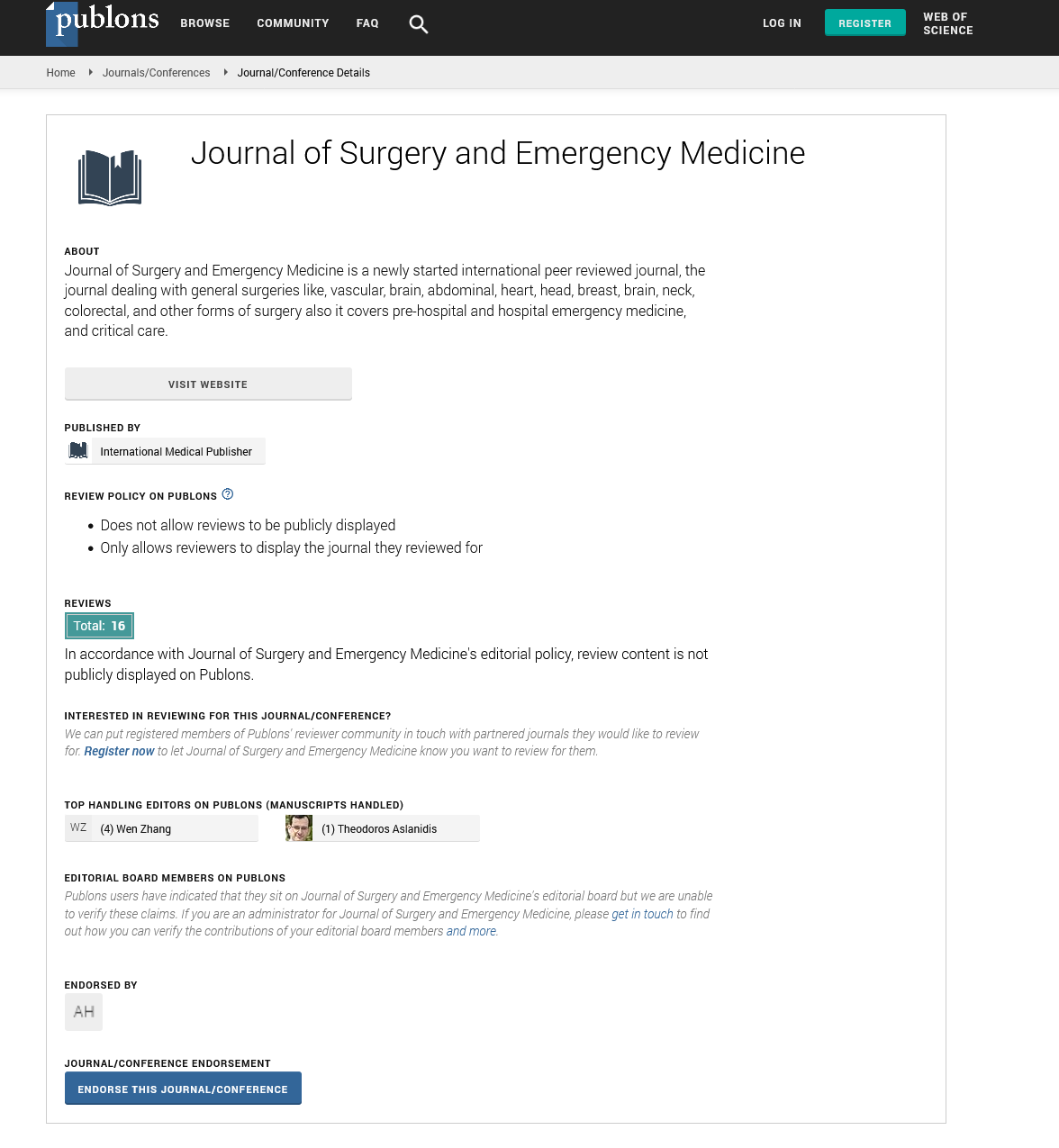Abstract
Mechanical stimulation of PIEZO1 induces Runx-2 gene expression through the Akt/GSK-3 catenin pathway in MC3T3-E1 cells
Mechanically-induced biological responses in bone cells involve a complex biophysical process. Although various mechanosensors have been identified, the precise mechanotransduction pathway remains poorly understood. PIEZO1 functions as a new mechanically activated ion channel in bone cells. This study aimed to explore the involvement of PIEZO1 in mechanical loading (fluid shear stress)-induced signaling cascades that control osteogenesis. We applied a physiological range of fluid shear stress to the osteoblasts using a horizontal shaking apparatus. The results showed that fluid shear stress increased PIEZO1 expression in MC3T3-E1 cells. The fluid shear stress promoted osteoblastic proliferation and elicited the key osteoblastic gene Runx-2 overexpression; however, PIEZO1 silencing using small interference RNA blocked these effects. The AKT/GSK-3β/β-catenin pathway was activated in this process. PIEZO1 silencing impaired mechanically-induced activation of the AKT/GSK-3β/β-catenin pathway. Therefore, the results demonstrated that MC3T3-E1 osteoblasts required PIEZO1 to adapt to the external mechanical fluid shear stress, thereby inducing osteoblastic Runx-2 gene overexpression, partly through the AKT/GSK-3β/β-catenin pathway.
Author(s): Jidong Song and Xiaoqian Dang
Abstract | PDF
Share This Article
Google Scholar citation report
Citations : 131
Journal of Surgery and Emergency Medicine received 131 citations as per Google Scholar report
Journal of Surgery and Emergency Medicine peer review process verified at publons
Abstracted/Indexed in
- Google Scholar
- Publons
Open Access Journals
- Aquaculture & Veterinary Science
- Chemistry & Chemical Sciences
- Clinical Sciences
- Engineering
- General Science
- Genetics & Molecular Biology
- Health Care & Nursing
- Immunology & Microbiology
- Materials Science
- Mathematics & Physics
- Medical Sciences
- Neurology & Psychiatry
- Oncology & Cancer Science
- Pharmaceutical Sciences
